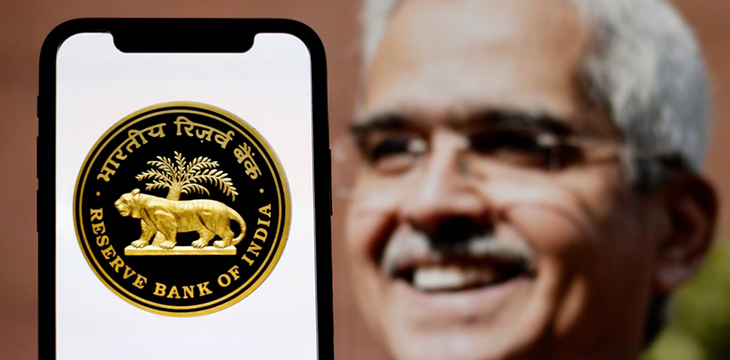
|
Getting your Trinity Audio player ready... |
India, the world economy’s ‘new beacon of hope,’ is witnessing a significant shift in the banking and financial sector and consumer investment patterns, driven by emerging technologies and the adoption of new digital payment methods.
“The financial landscape in India is undergoing a structural transformation, driven by factors like innovations in technology, financial deepening, and changing savings and investment patterns. Each of these shifts has a bearing on how financial entities carry out their business and adapt to the emerging risks,” Shaktikanta Das, Governor of the Reserve Bank of India (RBI), said in an event in July.
“New and emerging technologies have reshaped the financial services industry by bringing in innovative solutions and personalised products. The demand-side factors such as rising customer expectations for digital services and the supply-side factors relating to regulatory support and emergence of fintechs have converged to deliver a frictionless customer experience,” Das pointed out.
The RBI has also been actively fostering innovation by envisaging mechanisms like the United Payment Interface (UPI), regulatory sandbox, and co-lending models, among others. With the synergies provided by mobile phone penetration, internet availability, reoriented payment systems, and the multitude of customer data points, lending institutions, as well as financial markets, have been able to leverage upon such mechanisms to amplify their reach to the target segments and also carry forward the agenda of a more inclusive financial sector.
“Overall, there has been a transformation in the banking and financial landscape in the last decade driven by technological innovations, changing consumer preferences and emergence of alternative business models,” Das stated.
“While these have fostered competition and collaboration, they also have implications for consumer trust and regulatory oversight. Such structural changes also create opportunities as well as challenges. Financial institutions like banks, NBFCs and others need to carefully assess the impact of these changes on their business models, resilience and sustainability,” he added.
Digital fraud
A record surge in India’s digital payments has also led to a record jump in digital payment frauds.
“Though many of such frauds are due to various social engineering attacks on customers, there is also a rapid increase in use of mule bank accounts to perpetrate such frauds. This exposes the banks not only to serious financial and operational risks but also to reputational risks,” Das said.
Data from RBI’s annual report show that digital payment fraud in India jumped to a record Rs. 14.57 billion ($175 million) in the fiscal year that ended in March 2024 (FY2023-24). Card or internet-based frauds accounted for about 80% of total bank and financial institution frauds in FY2023-24, compared to about 49% in the previous year (FY2022-23). However, frauds reported in a year could have occurred several years before the year of reporting.
According to Das, banks must strengthen their customer onboarding and transaction monitoring systems to detect unscrupulous activities, including suspicious and unusual transactions. This also requires effective coordination with the law enforcement agencies so that the concerns occurring at a systemic level are detected and curbed in time.
“I would again impress upon banks to ensure that necessary measures are taken, including for customer education and awareness, to maintain public confidence in use of digital banking channels,” he reiterated.
Watch: India is going to be the frontrunner in digitalization
Recommended for you
Lorem ipsum odor amet, consectetuer adipiscing elit. Elit torquent maximus natoque viverra cursus maximus felis. Auctor commodo aliquet himenaeos fermentum
Lorem ipsum odor amet, consectetuer adipiscing elit. Accumsan mi at at semper libero pretium justo. Dictum parturient conubia turpis interdum

 11-21-2024
11-21-2024


